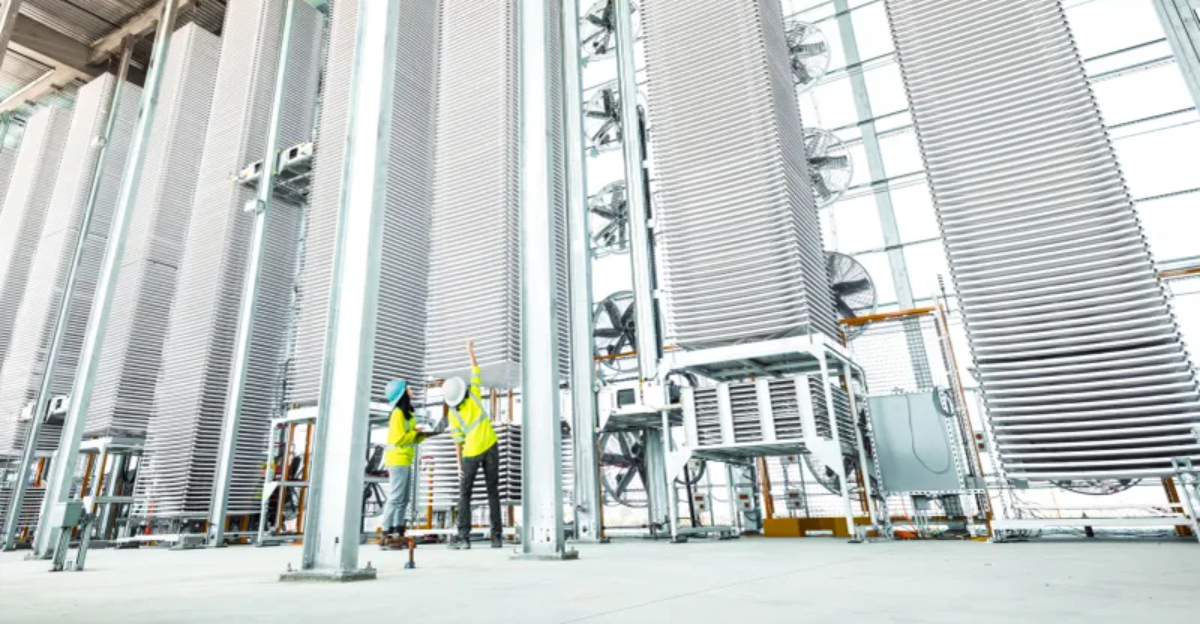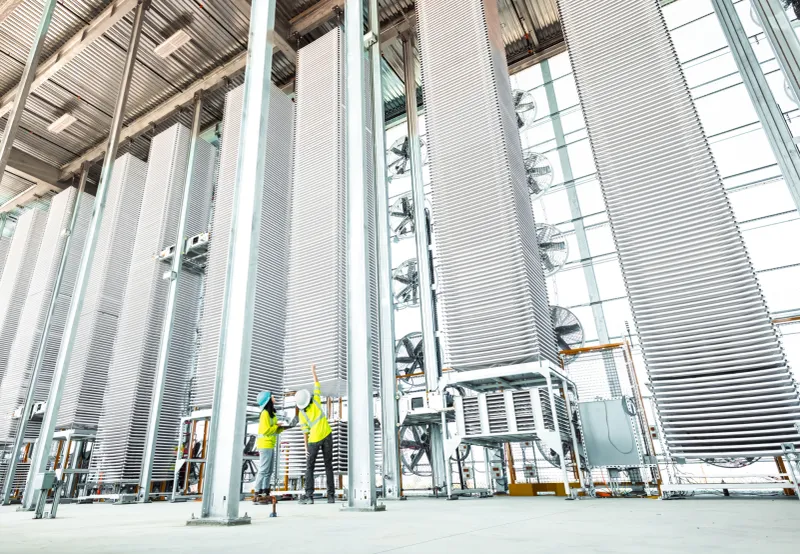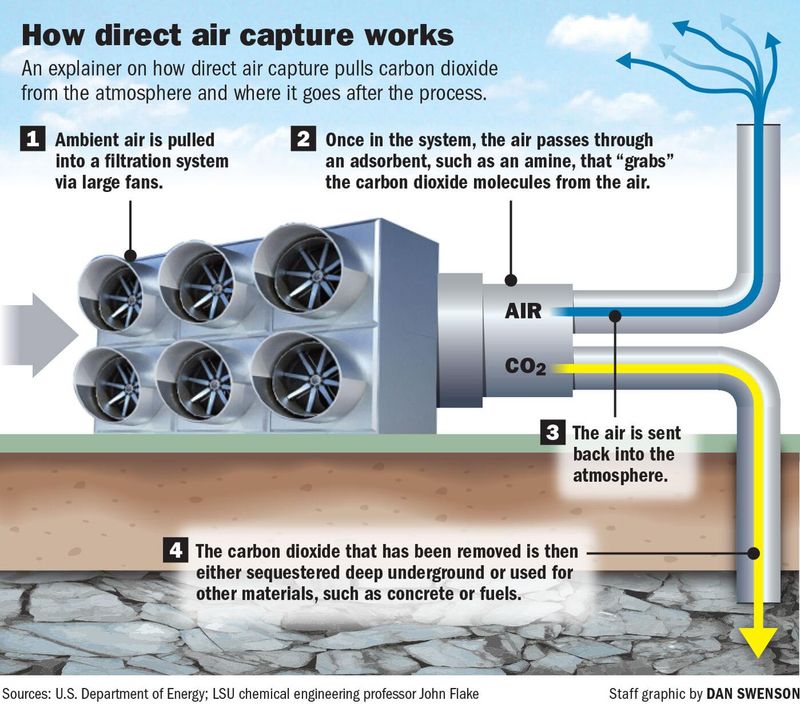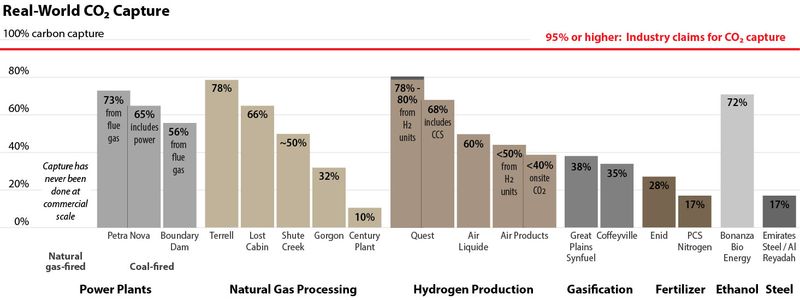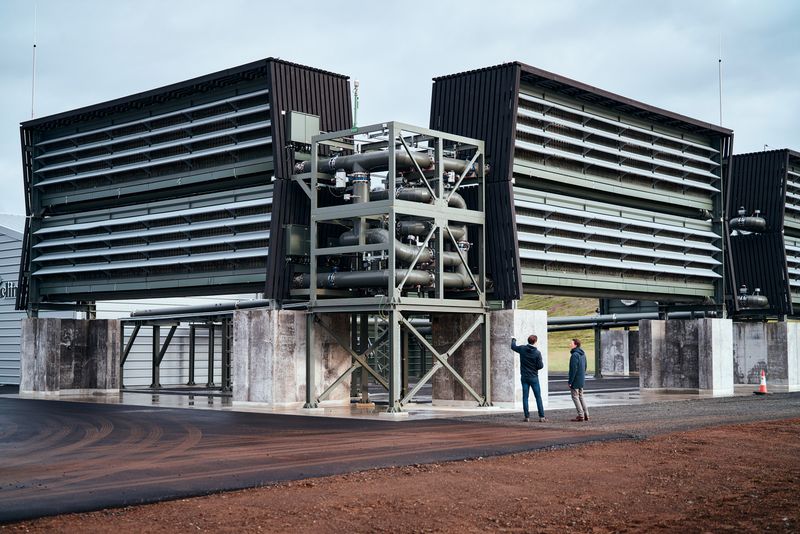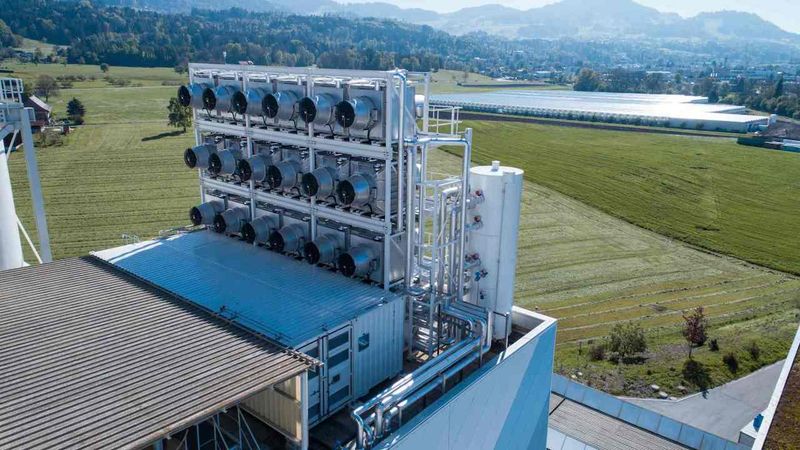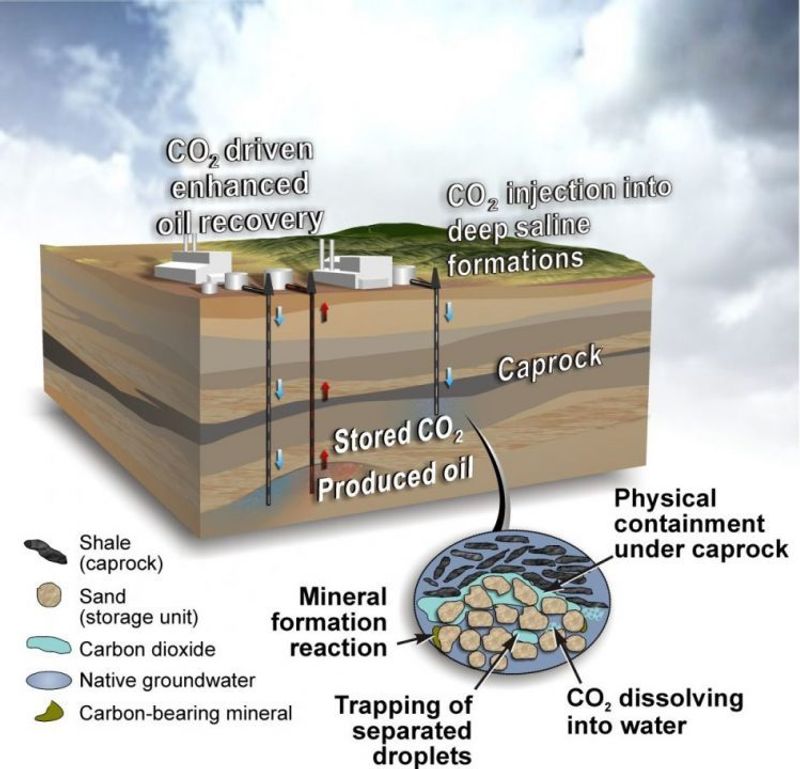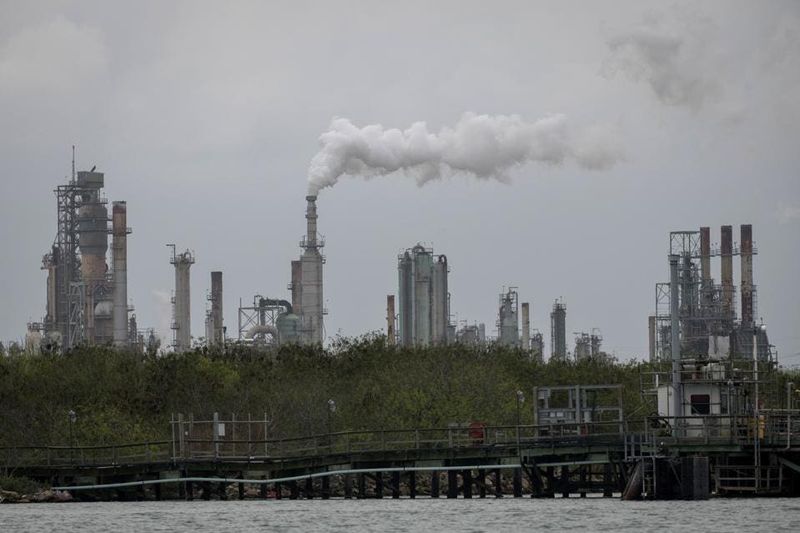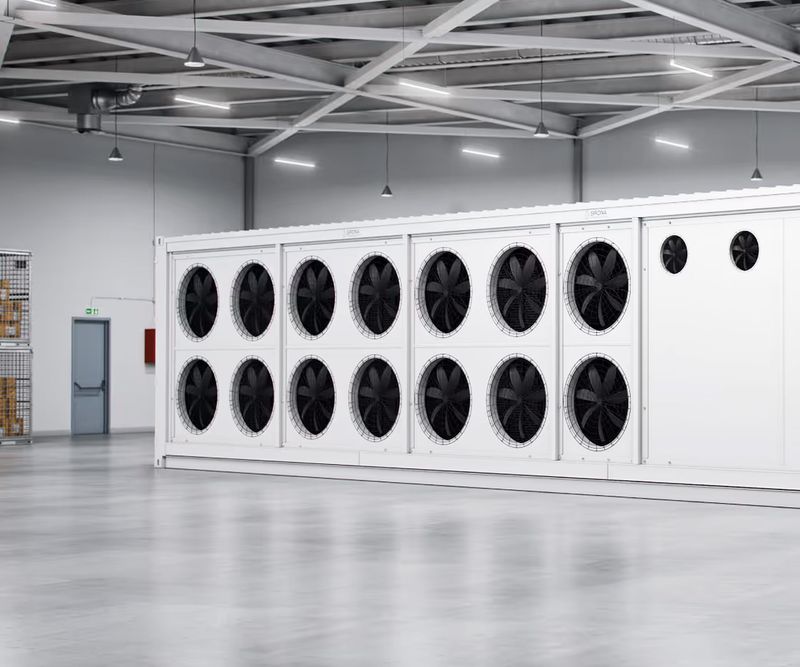Climate change is one of the biggest challenges facing our planet, and cutting emissions alone won’t be enough to reverse the damage. That’s why the U.S. government is investing $1.2 billion in two massive machines designed to suck carbon dioxide directly out of the air. These facilities in Texas and Louisiana represent a bold experiment in using technology to clean up our atmosphere and could change how we fight global warming.
Two Massive Facilities Leading the Charge
America is making history by funding two enormous Direct Air Capture plants with $1.2 billion from the federal government. One facility will rise in Kleberg County, Texas, led by Occidental Petroleum and Carbon Engineering. The other sits in Calcasieu Parish, Louisiana, managed by Battelle alongside Climeworks and Heirloom Carbon.
Each plant aims to remove up to 1 million tons of CO₂ annually, comparable to taking nearly 445,000 gas-powered cars off the road every year. The Texas site has even bigger dreams, targeting 30 million tons per year if fully expanded. These aren’t small experiments—they’re industrial-scale operations designed to prove carbon removal can work at a meaningful level.
Both projects represent the first commercial-scale DAC hubs in America, marking a turning point in climate action.
The Science Behind Sucking Carbon from Thin Air
Direct Air Capture sounds like science fiction, but it’s very real technology. Giant fans pull regular air through specialized filters or chemical solutions that grab onto carbon dioxide molecules while letting other gases pass through. Once the CO₂ is trapped, heat or pressure releases it from the filters so it can be collected and compressed.
The captured carbon doesn’t just disappear—it gets either buried deep underground in geological formations or repurposed for industrial uses. Some companies turn it into concrete, synthetic fuels, or carbonated beverages. Climeworks has already run smaller DAC plants in Iceland, proving the concept works.
Scaling this technology to capture millions of tons yearly is the real challenge, requiring massive amounts of energy and precision engineering.
A Risky Billion-Dollar Gamble
Building these carbon vacuums is ambitious, expensive, and far from guaranteed to succeed. DAC technology currently costs over $1,000 per ton of CO₂ captured at smaller scales, making it one of the priciest climate solutions available. For the investment to pay off, those costs need to drop dramatically through innovation and mass production.
Energy consumption poses another major hurdle. These machines require enormous amounts of power to run, and if that energy comes from fossil fuels, the whole operation could create more pollution than it removes. The facilities must rely on renewable or carbon-neutral energy sources to deliver real climate benefits.
The Texas facility’s ultimate goal of 30 million tons annually shows how massive the ambition is—and how much could go wrong.
Why Cutting Emissions Isn’t Enough Anymore
For decades, climate efforts focused on reducing emissions from cars, factories, and power plants. While that’s still crucial, scientists now agree we’ve already released too much carbon dioxide to meet our climate goals through reduction alone. U.S. Energy Secretary Jennifer Granholm has emphasized that removing existing CO₂ from the atmosphere is now essential, not optional.
The Intergovernmental Panel on Climate Change backs this up, listing carbon removal technologies like DAC as necessary tools to limit global warming to safe levels. Even if we stopped all emissions tomorrow, centuries of industrial pollution would keep heating the planet.
That’s why the U.S. is betting big on these facilities—they represent a new front in the climate battle, targeting pollution that’s already up there.
The Monster Challenge of Scaling Up
Current DAC operations worldwide capture only thousands of tons of CO₂ yearly, but solving climate change requires removing billions of tons. Scaling from small pilot projects to industrial giants represents a technological leap comparable to going from the Wright Brothers’ first flight to modern jumbo jets.
Energy demands grow exponentially with size. A facility capturing 1 million tons annually needs as much electricity as a small city, and all that power must come from clean sources or the math doesn’t work. Engineers also face the challenge of maintaining efficiency at scale—what works in a small plant might fail when multiplied a thousand times.
Storage presents yet another puzzle: where do we safely store millions of tons of compressed CO₂ for centuries without leaks?
Storage and Reuse: What Happens to Captured Carbon
Catching carbon is only half the battle—you need somewhere to put it. The most common approach involves injecting compressed CO₂ deep underground into porous rock formations, where it gets trapped permanently. Texas and Louisiana sit above ideal geology for this, with rock layers that can hold carbon securely for thousands of years.
Alternatively, captured CO₂ can become a valuable resource. Construction companies are experimenting with using it to cure concrete, actually locking carbon into buildings and roads. Chemical companies can transform it into synthetic jet fuel, plastics, or other products, though this often releases the carbon again later.
Finding profitable uses for captured carbon could help offset DAC’s high costs, but permanent storage remains the gold standard for climate impact.
Jobs, Investment, and Economic Opportunity
Beyond environmental benefits, these projects promise economic growth for Texas and Louisiana. Combined, the two facilities are expected to create nearly 5,000 jobs during construction and operation, from engineers and technicians to construction workers and support staff. Rural areas hosting the plants will see infrastructure improvements and tax revenue boosts.
The $1.2 billion investment also positions America as a leader in an emerging industry. If DAC technology proves successful and costs fall, global demand could explode, creating export opportunities for U.S. companies. Other nations watching these projects might follow suit, potentially sparking a carbon removal industry worth hundreds of billions.
Critics argue the money could be better spent on renewable energy, but supporters see DAC as a necessary complement to other climate solutions.
Not a Magic Fix, But a Crucial Tool
These carbon vacuums aren’t silver bullets that will solve climate change single-handedly. Scientists stress that DAC must work alongside aggressive emissions reductions, renewable energy expansion, and forest protection—not replace them. Relying too heavily on future carbon removal could justify continued pollution today, a dangerous gamble.
The success of these two facilities will influence climate policy worldwide. If they demonstrate that DAC can scale affordably while running on clean energy, similar projects will multiply globally. If costs remain prohibitively high or energy demands prove unsustainable, investment may shift elsewhere.
Either way, these Texas and Louisiana plants serve as critical real-world tests, providing data and lessons that will shape carbon removal strategies for decades to come.
